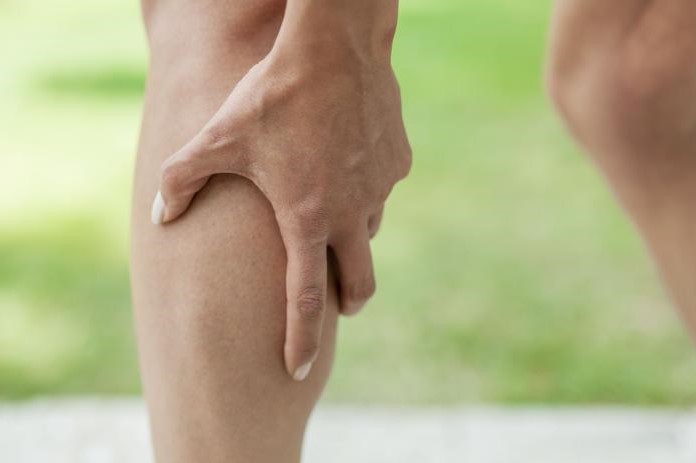
Arteriopathy: the role of prevention
Peripheral arteriopathy is a disease which generally develops in adults, generally after the age of 50-55 years, and tends to increase over time
This pathology is characterised by a reduction in the flow of blood (and therefore oxygen) to the lower limbs and, much more rarely, to the upper limbs, and develops as a result of an obstruction or narrowing of the arteries.
Peripheral arterial disease, if not diagnosed in time, can develop and lead to serious consequences.
Arteriopathy: the symptoms
When we speak of arteriopathy, we are referring in a very general way to a disease that can affect arteries in any part of the body.
In arteriopathy, the walls of the vessels are reduced in calibre, even to the point of complete closure, due to ‘deposits’ of blood-borne materials.
When this disease affects the arteries of the lower limbs, a rather typical symptom called ‘claudication’ may occur.
A person suffering from this disorder can walk a certain distance, which varies from person to person, and then have to stop because of muscular pain, which can affect the whole limb or just the leg, depending on the position and severity of the arterial blockages.
After a few minutes’ rest, the pain disappears, only to reappear after a similar stretch of walking.
This symptom tends to worsen over time and the pain appears for shorter and shorter distances, until, in the later stages of the disease without treatment, it appears even at rest.
Arteriopathy: the causes
The cause is mostly atherosclerosis, a disease characterised by the deposition of blood material in the layers of the artery wall.
It is the same disease that affects the coronary arteries, the arteries of the heart, in people who suffer from angina or have had a heart attack; it can affect the carotid arteries, which carry blood to the brain, in many cases of people who have had a stroke.
Arteriopathies: when to contact a specialist
Pain in the lower limbs can have a variety of origins, not just vascular.
When this symptom appears, it is a good idea to contact your doctor who, with a few questions, can direct you to the most appropriate specialist.
The doctor will also be able to detect the possible presence of risk factors, such as family history, hypertension, high levels of cholesterol, triglycerides and blood sugar, smoking habits, a sedentary lifestyle and being overweight.
Controlling each of these factors is a key step in the prevention and treatment of arteriopathy.
Gait disturbances should not be underestimated: cramp-like pains that appear during physical activity and tend to recur after a certain interval of walking or activity may be a warning sign.
In these cases, the specialist can suggest the necessary tests and recommend changes in lifestyle and treatment to avoid worsening.
Is it possible to prevent arteriopathy?
It is necessary to change certain lifestyle habits and eliminate factors that can adversely affect the health of our arteries:
– Smoking is extremely harmful and quitting smoking is an integral part of treating and preventing arteriopathy;
– hypertension should be controlled according to medical indications;
– cholesterol, triglyceride and blood glucose values must be kept within normal limits first of all by diet and, only on medical indication, by medication;
– maintaining physical activity is a key element that acts favourably: simple walking, done every day, is an easily achievable exercise, with an important value in prevention and is a fundamental element in the treatment of arteriopathy.
Read Also:
Emergency Live Even More…Live: Download The New Free App Of Your Newspaper For IOS And Android
Pulmonary Ventilation In Ambulances: Increasing Patient Stay Times, Essential Excellence Responses
Thrombosis: Pulmonary Hypertension And Thrombophilia Are Risk Factors
Pulmonary Hypertension: What It Is And How To Treat It


